All in the Family: Giraffes are 4 Species (Photos)
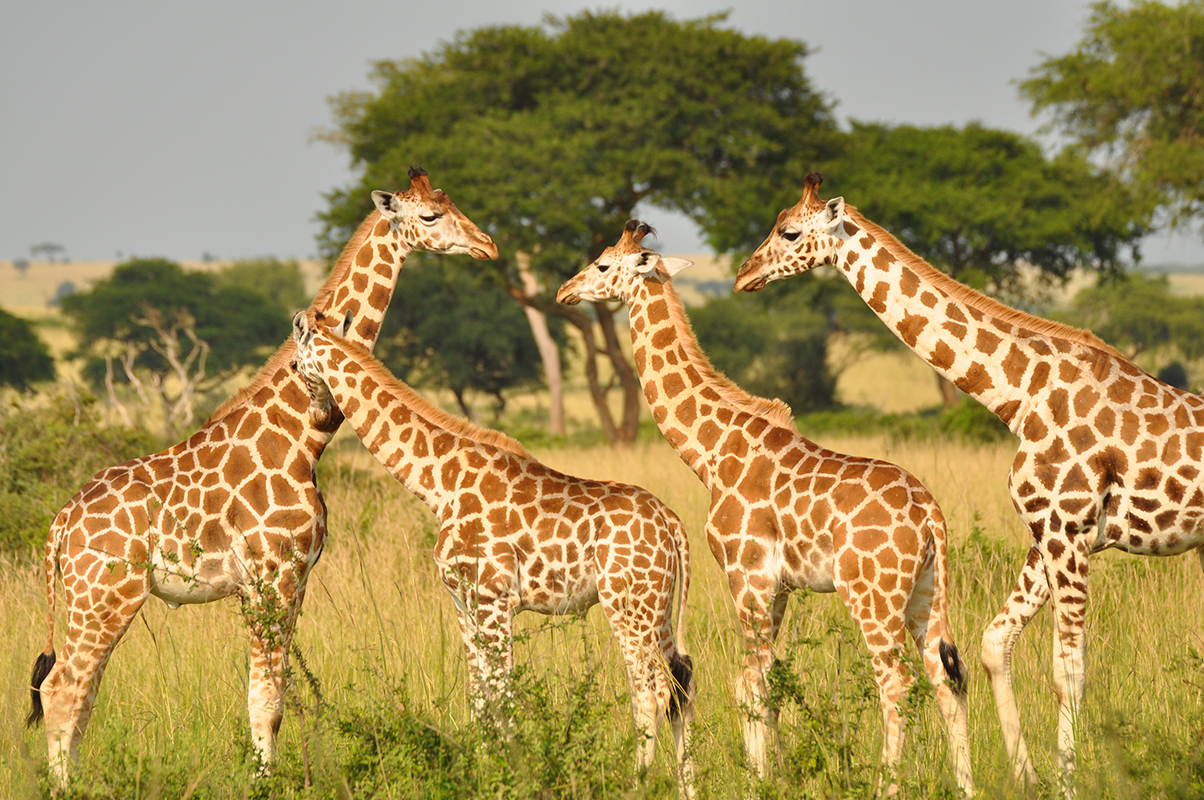
Meet the family!
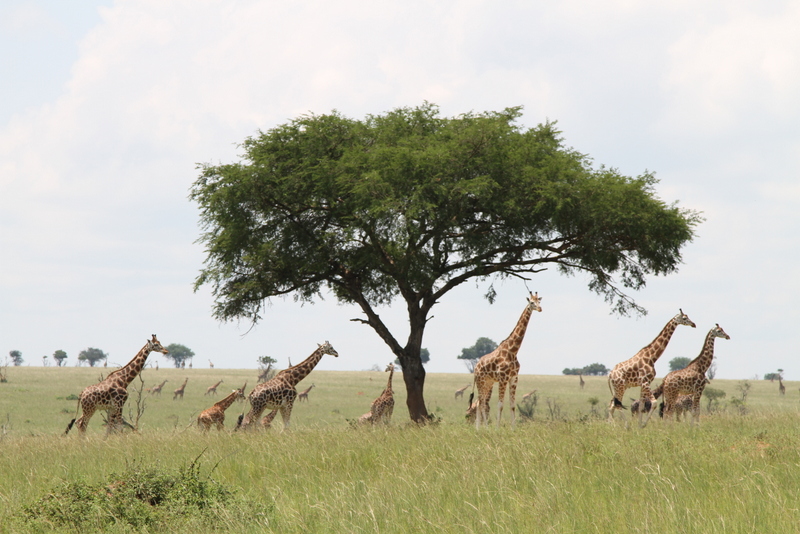
Giraffes are a more diverse group than once thought, with scientists recently identifying four distinct species.
Since giraffes were first described in the 18th century, these long-necked mammals were thought of as one species, with nine subspecies emerging over subsequent decades.
But researchers have discovered that giraffes are more diverse than previously suspected, thanks to extensive DNA analysis — the most comprehensive ever performed for these well-known but not very well-studied animals — which revealed four species that did not interbreed.
The physical differences between the four giraffe species aren't dramatic. But this discovery could significantly impact conservation efforts, leading to initiatives that better address needs that vary across species.
Tall order
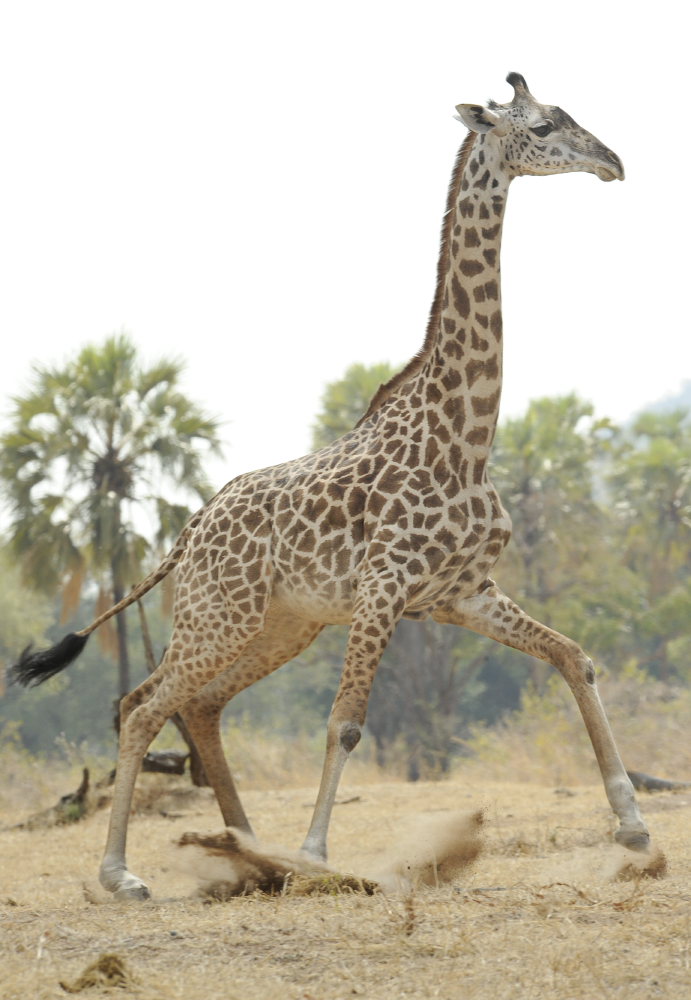
Masai giraffes in South Luangwa National Park, Zambia. The subspecies formerly recognized as Thornicroft’s giraffe is now represented by this species.
Former subspecies
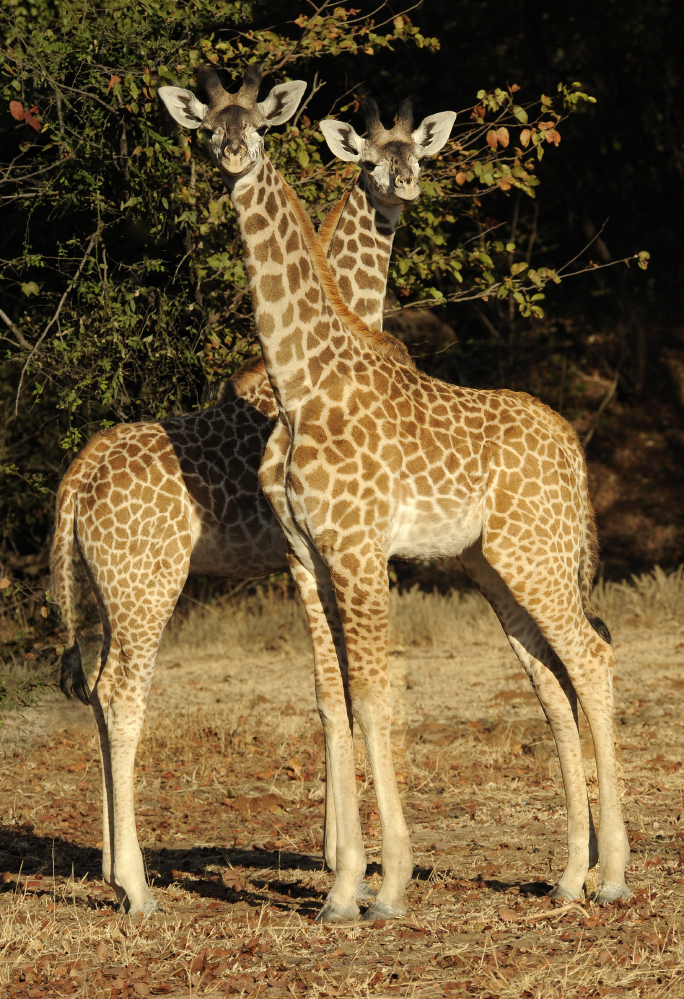
Masai giraffes in South Luangwa National Park, Zambia. Previously identified as a subspecies, this giraffe species is found primarily in Kenya and Tanzania, and was first described in 1898.
Standing tall
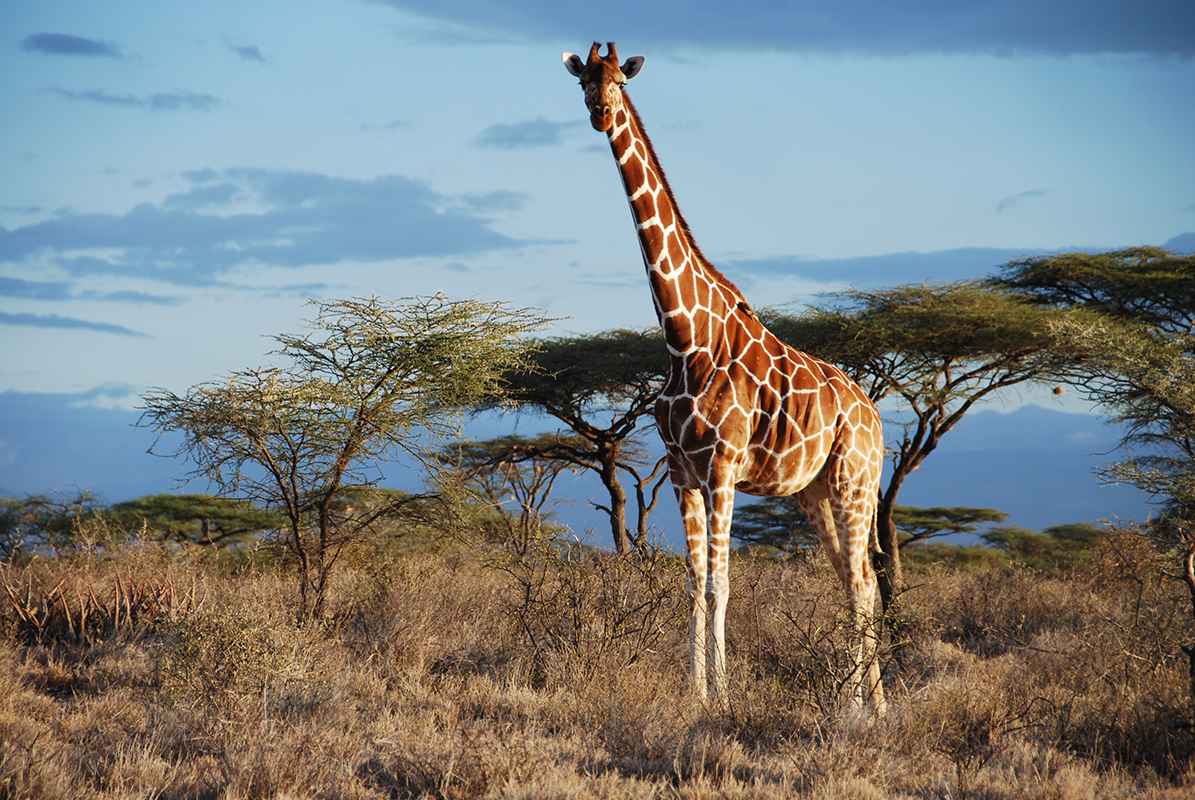
A reticulated giraffe in Samburu National Reserve, Kenya. First identified as a subspecies in 1899, this giraffe is distributed across Kenya, Ethiopia and Somalia.
Sign up for the Live Science daily newsletter now
Get the world’s most fascinating discoveries delivered straight to your inbox.
Vanishing giants
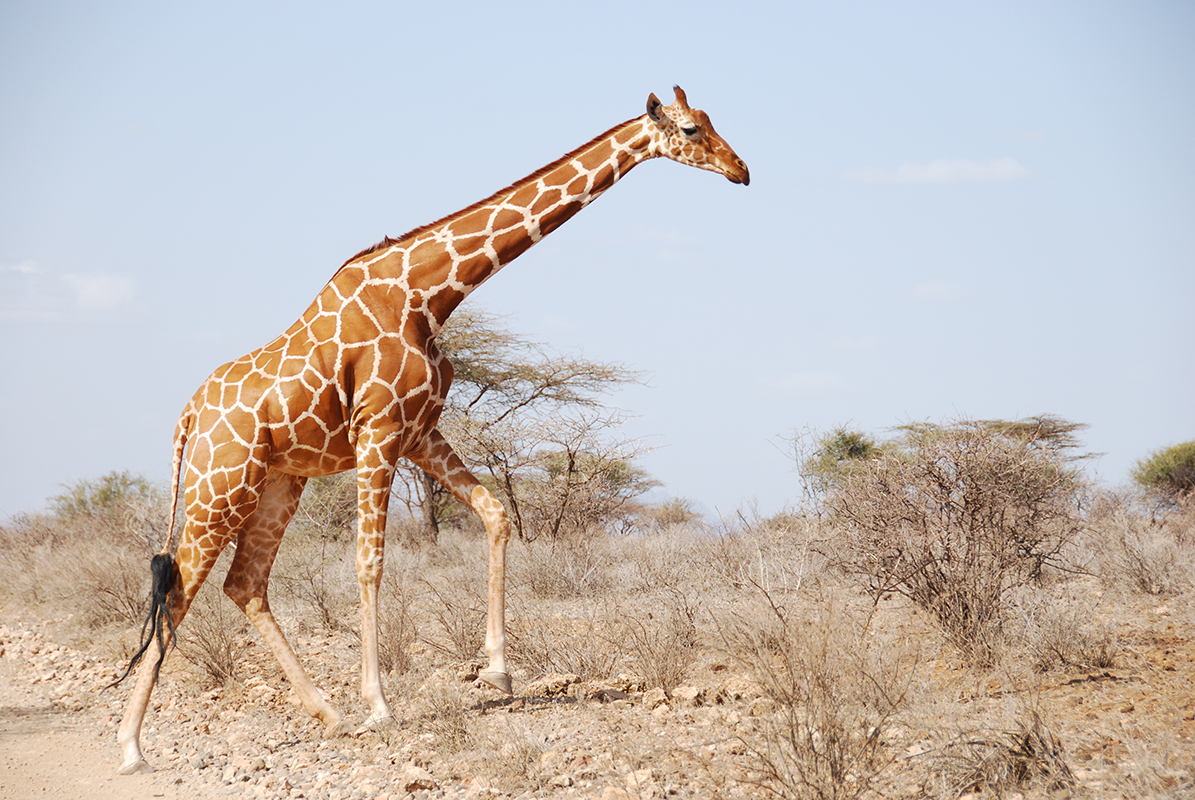
A reticulated giraffe strides across the savanna in Samburu National Reserve, Kenya. Fewer than 8,700 individuals of this species remain in the wild.
Four subspecies, one species
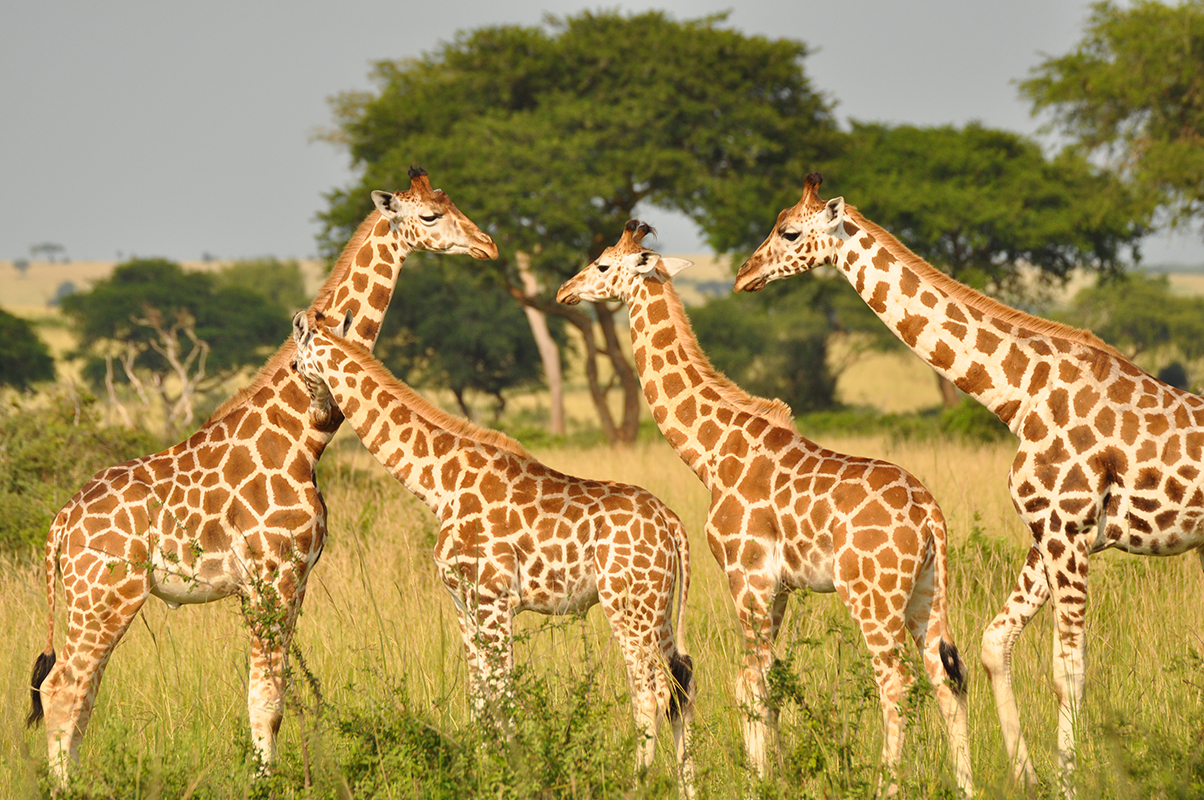
Northern giraffes in the Murchison Falls National Park, Uganda. This species now encompasses several subspecies: West African, Kordofan, Nubian and Rothschild's.
Now northern
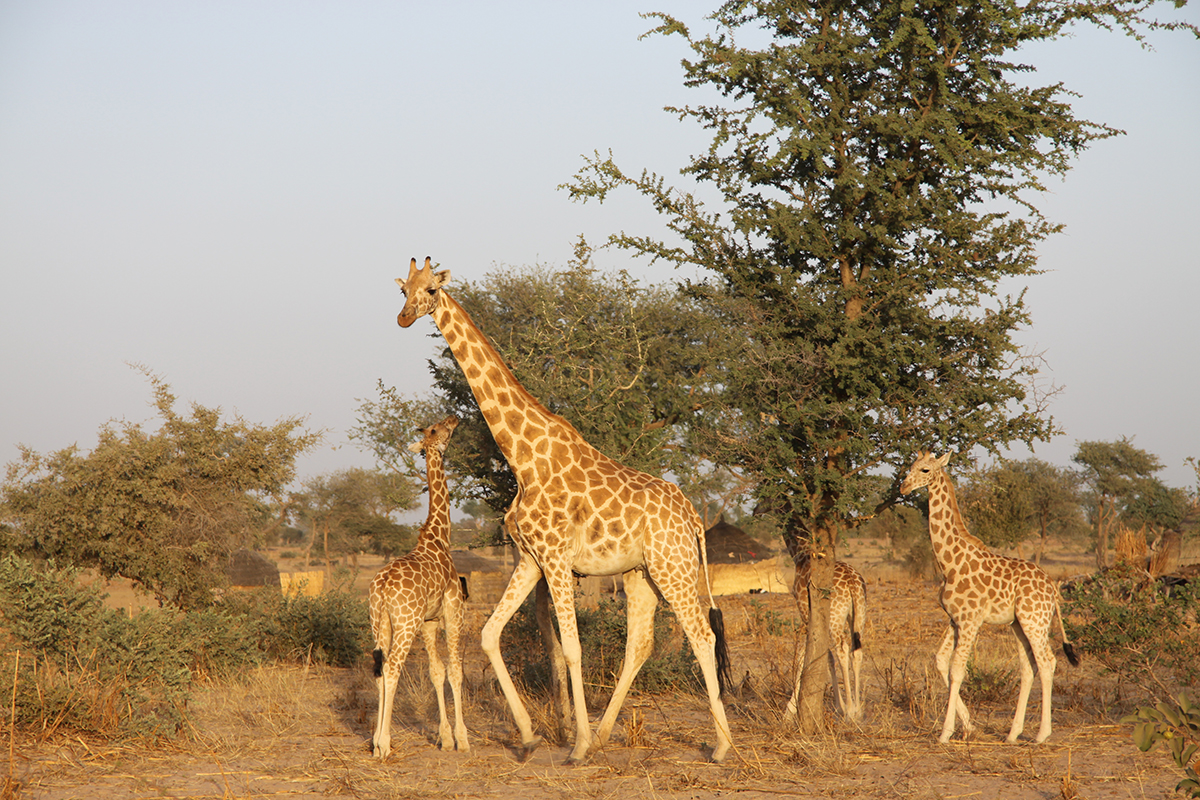
The subspecies West African giraffe was described in 1898, and is found primarily in Niger. They are now considered to be the northern giraffe species.
Male and calves
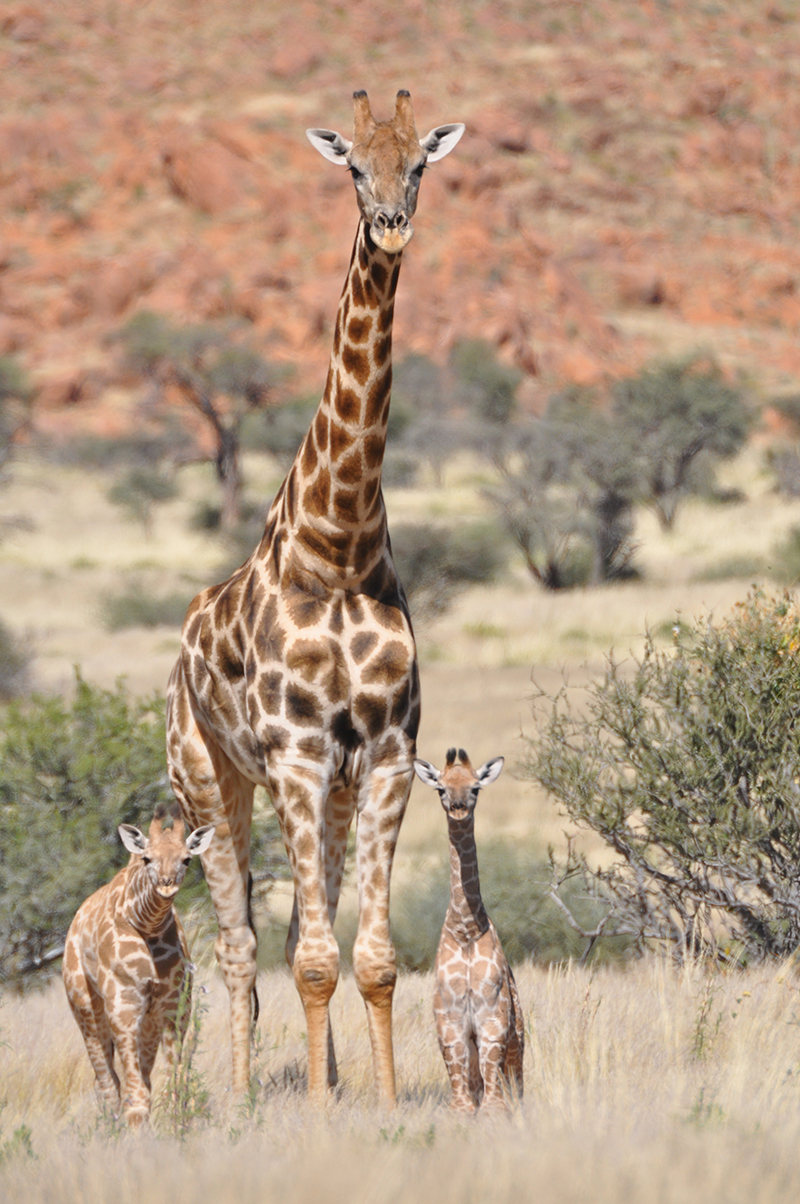
Angolan giraffes — now identified as the southern giraffe species — in northwest Namibia. The Angolan subspecies was described in 1903, and there are an estimated 13,000 individuals in the wild.
Baby steps
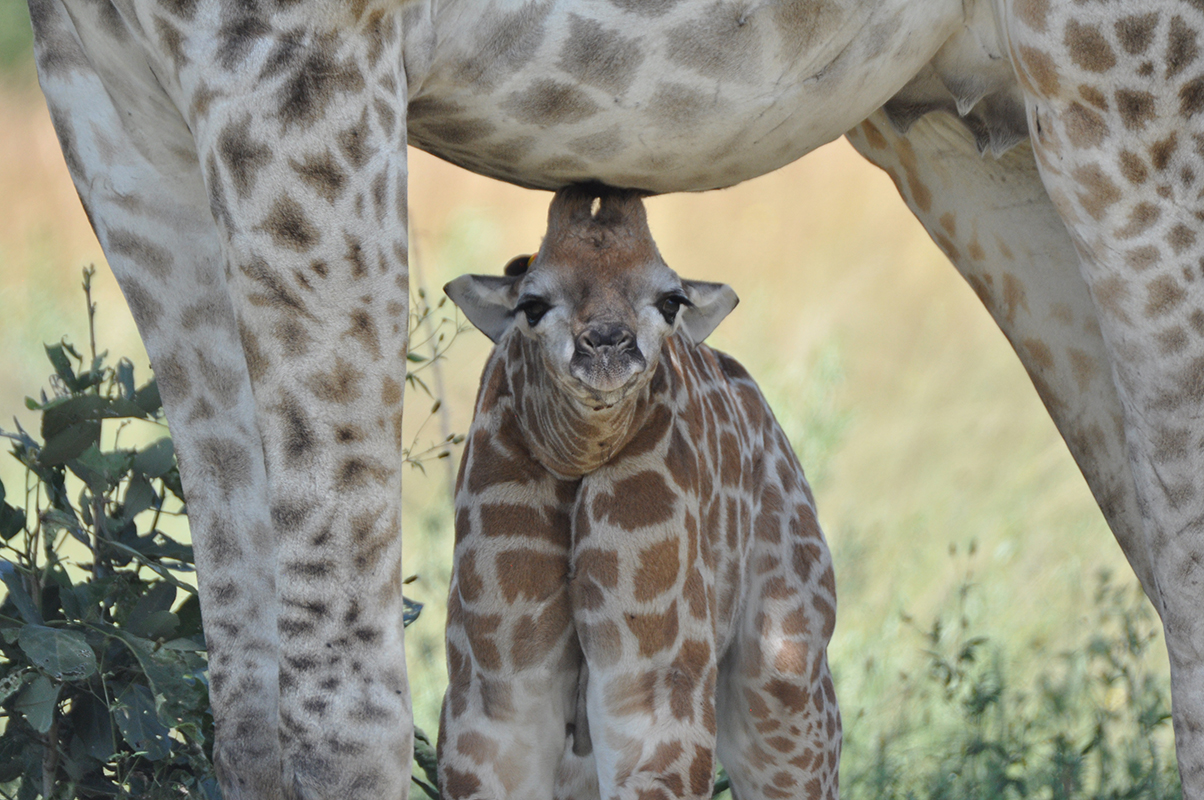
Southern giraffe calf in the Okavango Delta, Botswana, representing the formerly recognized subspecies Angolan giraffe.
At the watering hole
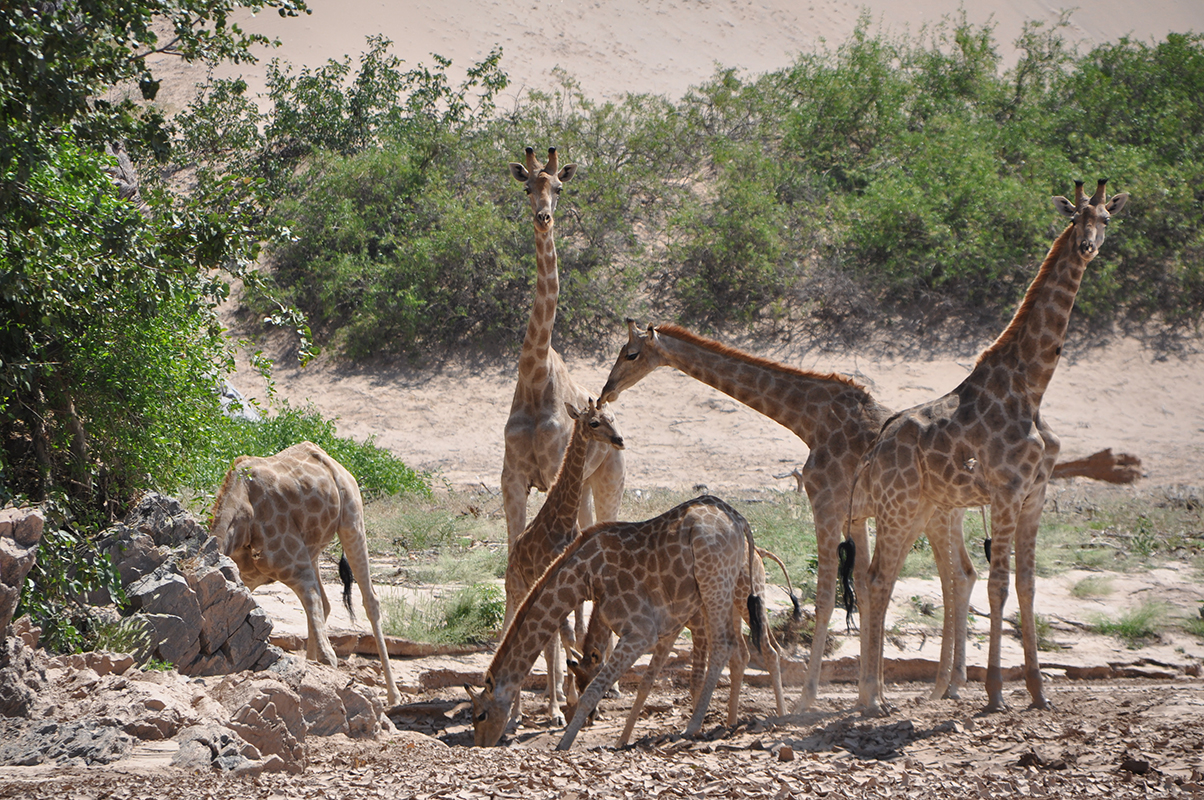
Angolan giraffe drinking in the Hoanib River, northwest Namibia. The southern giraffe species is now thought to include the Angolan subspecies and the South African subspecies.
A tall drink of water
This is a rare sight of southern giraffes — previously described as the subspecies Angolan giraffe — drinking in northwest Namibia.

Mindy Weisberger is an editor at Scholastic and a former Live Science channel editor and senior writer. She has reported on general science, covering climate change, paleontology, biology and space. Mindy studied film at Columbia University; prior to Live Science she produced, wrote and directed media for the American Museum of Natural History in New York City. Her videos about dinosaurs, astrophysics, biodiversity and evolution appear in museums and science centers worldwide, earning awards such as the CINE Golden Eagle and the Communicator Award of Excellence. Her writing has also appeared in Scientific American, The Washington Post and How It Works Magazine. Her book "Rise of the Zombie Bugs: The Surprising Science of Parasitic Mind Control" will be published in spring 2025 by Johns Hopkins University Press.










